Dear comrades in the Central Working Group,
Dear leaders of Ho Chi Minh City, leaders of Binh Duong and Ba Ria-Vung Tau provinces, leaders of departments, branches, and grassroots units ,
Dear comrades,
Today, I am very happy to return to Ho Chi Minh City with the Central Working Group - the city named after Uncle Ho, the Heroic City, the leading city of innovation, to discuss, review, and evaluate the past journey and orient the city's open future. What is special is that there are still familiar faces like the previous meetings, but this time, the shape, stature, and scale of Ho Chi Minh City have completely changed. A new megacity is emerging before our eyes and the future depends on the people and our actions today.
First of all, on behalf of the Party and State leaders and the Working Group, I would like to send my warmest regards and best wishes to all cadres, party members, soldiers and people of Ho Chi Minh City, Binh Duong province and Ba Ria-Vung Tau province.
Dear comrades,
The merger of Ho Chi Minh City with two leading dynamically developing localities, Binh Duong and Ba Ria-Vung Tau, has opened a completely new development phase for Ho Chi Minh City - not only the largest economic , cultural and financial center of the country, but also becoming one of the urban-financial-industrial-seaport regions with the highest development density in Southeast Asia.
Binh Duong represents Vietnam's 40-year journey of innovation, from a traditional agricultural province, rising to become the leading industrial and urban province in the country with GRDP per capita reaching 200 million VND, urbanization reaching 87% - equivalent to developed countries, has attracted more than 4,500 FDI projects, total investment capital of nearly 45 billion USD, affirming itself as a particularly attractive place for international investors.
Binh Duong has created modern development models such as integrated industrial-urban-service zones, VSIP chain linking regions. Binh Duong Smart City - honored in the top 21 global smart communities (Smart21) for many consecutive years, typically the very creative Free Trade Zone and Science and Technology Industrial Park models.
Ba Ria-Vung Tau is striving to become a national maritime economic center with the Cai Mep-Thi Vai port cluster - one of the world's top 21 deep-water ports - being invested in expansion and modernization to become the largest international transit port in the country, with the capacity to compete in Asia and the world. Cai Mep Ha Free Trade Zone with a scale of 3,750 hectares is being promoted for construction. Large modern industrial-service-urban complexes are taking shape in Phu My, a series of high-end tourism projects in Ho Tram, Long Hai, Vung Tau, creating a balanced economic structure between industry, logistics and high-quality services. Con Dao is being studied to pilot a number of specific mechanisms and policies to become an international eco-heritage tourism center, on the basis of preserving the ecosystem, identity and sacred values of this archipelago.
It is known that the province has issued a thematic resolution on improving income and quality of life, taking the standards of OECD countries as a goal to strive for. It is a pioneer province in building and implementing the Prosperity and Happiness Index (WBI) to comprehensively measure social progress, as set forth in the spirit of the Resolution of the 13th National Party Congress.
Meanwhile, Ho Chi Minh City is entering a strategic transformation phase to maintain its position as the national economic locomotive and reach the regional level. The outstanding institutional highlight is the International Financial Center project with the expectation of being a place to test new institutions, advanced financial technology and modern governance models. Ho Chi Minh City's startup and innovation ecosystem is growing strongly. According to StartupBlink 2025, the city entered the top 5 startup ecosystems in Southeast Asia for the first time and ranked 110th globally - the highest position ever. Notably, Ho Chi Minh City ranked 2nd in Southeast Asia in fintech and top 30 globally in blockchain, affirming its potential to become the region's digital financial technology center.
All three localities are converging the country's leading institutional and digital governance foundations. In 2024, Ho Chi Minh City will rank 2nd in the digital transformation index (DTI), Binh Duong 7th; Ba Ria-Vung Tau will rank 2nd in administrative reform (PAR Index) and 5th in PCI. Binh Duong is also in the top 3 localities with the best implementation of free trade agreements (FTAs) and 5th in the country in the green index (PGI). These foundations are creating a pioneering urban area, leading not only by growth rate, but also by governance quality, institutional innovation and sustainable development model.
In terms of culture and society, the three localities have focused on investing in comprehensive human development, improving the quality of life, and building a progressive, equitable, and sustainable society. Education, training, healthcare, culture, and sports have received great attention. Policies on social security, healthcare, and human development have been effectively implemented, linked to the goal of improving the happiness index and ensuring human security.
Regarding Party building and the political system, localities have seriously implemented the Central Committee's resolutions, resolutely prevented and combated degradation, strictly handled violations, and had no forbidden areas. Leadership methods have been innovated, inspection, mass mobilization, ethnic and religious work has been carried out synchronously, contributing to strengthening the great national unity bloc. The arrangement of the organizational apparatus and preparation for Party congresses at all levels have been proactively and methodically implemented.
On behalf of the Party and State leaders, once again, I warmly commend and highly appreciate the important results that the Party Committee, government and people of Ho Chi Minh City, Binh Duong and Ba Ria-Vung Tau have achieved in the recent past.
Dear comrades,
In terms of the overall and long-term perspective, the development process of each locality still has structural bottlenecks, causing unsustainable growth, investment efficiency not commensurate with potential, and limited international competitiveness.
For Ho Chi Minh City before the merger, although it was the largest economic locomotive in the country, its development space was limited, infrastructure was overloaded, population pressure was high, environmental pollution and flooding were increasingly serious, and traffic congestion was constant. Ho Chi Minh City's PCI index in 2024 fell to 29th place, administrative reform (Par-Index) was only ranked 21st, and the people's satisfaction index (SIPAS) was also only ranked 29th. In the EIU's livable city rankings, Ho Chi Minh City was often out of the top 100, while Bangkok, Kuala Lumpur, Singapore and Seoul were all in the top. Ho Chi Minh City is lagging behind not only compared to other cities in the region but also in many other aspects compared to many other localities in the country (Here I also ask you a question : Does the city consider the makeshift, dilapidated houses running along canals and rivers right in the heart of the city, which are very polluted, very unsightly, and where people live very miserably... to be in the category of makeshift, dilapidated houses that need support to be eliminated like projects in many mountainous provinces? What is the specific plan? Should a solution be proposed in the Resolution of the 12th Party Congress of the New City?)
For Binh Duong, although it is a bright spot in industrialization and FDI attraction, the growth model still relies heavily on processing production, which is labor and land intensive, and lacks high-quality human resource training centers, social infrastructure, and innovation capacity. Urban development has not kept pace with industrialization, and the quality of life is uneven among regions.
Ba Ria-Vung Tau, with its advantages of deep-water seaports and marine tourism, still faces difficulties in regional connectivity and value chain development. Cai Mep-Thi Vai Port has international competitiveness but logistics connections are still fragmented, lacking a modern logistics ecosystem. Tourism is still heavily seasonal, not linked to smart cities, healthcare, luxury resorts or creative services.
Dear comrades,
The merger of Ho Chi Minh City with Binh Duong and Ba Ria-Vung Tau marks an unprecedented turning point in the history of urban development in Vietnam. This is a comprehensive restructuring of the development space, where the three most dynamic economic poles of the country converge into a mega-city-finance-industry-seaport.
The new vision for the new Ho Chi Minh City is to become an “international megacity” of Southeast Asia – a smart, green, creative city, typical not only of economic strength but also of rich culture, arts, sports, entertainment and modern, dynamic lifestyle. The new Ho Chi Minh City will be a regional center of finance, trade, logistics, high-tech industry and sea tourism; with a development orientation based on digital technology, green economy, environmental sustainability, harmonious, connected, open, civilized society, crystallizing advanced values of Asia and the world; striving to be an attractive place, converging talents, “creatives” and domestic and international entrepreneurs, a favorable place to start businesses, innovate, incubate new trends and advanced models. The new Ho Chi Minh City will not only be the national economic locomotive but also a modern city with influence in the network of global cities.
In a world where cities are the center of development, innovation and cross-border connectivity, Ho Chi Minh City’s rise to the level of other cities in the region is not only the City’s desire but also the common desire of the whole country. The further the city reaches, the faster the country advances.
Ho Chi Minh City needs to proactively set specific goals for itself: by 2035, by 2045, which income group will it belong to? Which group will innovation belong to in Asia and globally?
(For example, in the Resolution of the 12th City Party Congress, is there any content aiming to become one of the top 30 financial - technological - creative cities in Asia? What is the average income per capita? How many global corporations are attracted to set up headquarters or research and development centers? Is it in the top 50 smartest and most livable cities in the world ? ... Comrades, discuss carefully to determine the goals , set out the roadmap and plan to implement those goals ) .
Realizing the vision and goals mentioned above is not easy, requiring a big enough aspiration, a strong enough will and a high enough political determination from the entire political system. In the immediate future, I propose that the city concentrate all its intelligence, enthusiasm and action to research and implement the following key tasks:
First , urgently complete a new governance model: stronger than the provincial level, more flexible than the regional level, capable of running a tripolar megacity in the era of global integration and competition.
I suggest 4 principles:
- Firstly , the Central Government has had many specific policies, especially for Ho Chi Minh City and the two provinces of Ba Ria-Vung Tau and Binh Duong. How can we integrate these policies for the new Ho Chi Minh City?
- Second , coordination and direction are centralized but operations are decentralized. The city-level headquarters plays a strategic, planning and coordinating role; while development poles, such as Thu Thiem, Thu Duc, Di An, Ben Cat, Ba Ria, Vung Tau, are encouraged to be proactive, creative, and promote their socio-economic roles.
- Third , data is centralized but decisions are made closest to the people, so the role of the ward and commune levels must be maximized.
- Fourth , lean management must be thorough, regularly urge, check, evaluate work progress and quality, receive and respond to opinions of people and businesses, enhance practical response capacity and personal responsibility.
The new Ho Chi Minh City must represent a creative, transparent and effective digital government that can both handle governance well and lead development, innovation and maintain social trust in the development process. It is necessary to establish a smart, modern, comprehensive and synchronous governance system, strongly applying digital transformation in all areas of state management, socio-economic management, infrastructure management, public services, and improving the capacity to serve people and businesses in the whole region.
Second , the new Ho Chi Minh City must promote economic restructuring, innovate the growth model, develop a knowledge-based, creative economy with high added value and global competitiveness.
The new Ho Chi Minh City needs to focus more on building a creative, branded, knowledge-based economy and participating in the higher rungs of global value chains. I suggest some contents:
- Developing a regional international financial center in Thu Thiem to attract global capital flows, a space for developing digital financial models, smart banking, digital assets and blockchain technology - contributing to positioning Vietnam on the international financial map.
- Developing a smart urban chain connecting Ho Chi Minh City-Di An-Thuan An-Thu Dau Mot-Ben Cat-Phu My-Ba Ria-Vung Tau, developing towards integrating digital infrastructure, smart transportation, urban data, green energy and digital governance, as a foundation for effective and modern regional management.
- Developing an innovation corridor stretching from the eastern creative urban area of Ho Chi Minh City (Thu Duc) to industrial-service-seaport poles such as Di An, Ben Cat, Phu My, Ba Ria, Vung Tau, with a combination and convergence between research institutes - universities - business community - venture capital funds, forming a high-tech startup ecosystem in a creative economy.
- Developing a smart port-logistics cluster at Cai Mep-Thi Vai-Can Gio following the model of a digital super port and an integrated logistics system - operated by big data, optimizing the supply chain, reducing emissions and playing the role of a leading international trade gateway in Southeast Asia.
- Developing a high-end eco-tourism and resort center in Vung Tau - Can Gio, positioning it as a green, smart international destination, combining conservation with development.
Third , urgently re-architect regional development space according to multipolar-integrated-hyperconnected thinking, going beyond the old limits of the traditional urban model.
We must resolutely abandon the fragmented thinking of “inner city-suburbs”, “city-neighboring province”. Now, Ho Chi Minh City is a regional urban ecosystem with a multi-center structure, operating according to the logic of economy-function-value chain. Each development pole, from Thu Thiem, Thu Duc to Di An, Ben Cat, Phu My, Ba Ria, Vung Tau, must be planned as an organic link, complementing each other’s functions, intelligently connected, flexibly coordinated and sharing benefits in a harmonious whole.
I request the city to study urgent and drastic actions on the following three key integration axes:
- Firstly , immediately shape an integrated and intelligent transportation network, including: inter-regional metro system, expressways connecting urban-industrial-seaport-financial centers; develop underground logistics infrastructure, underground works, reduce pressure on floating urban space.
- Second, reorganize the regional digital space, considering data as strategic infrastructure. Functional cities in the region must share a digital data platform, an integrated operating system with powerful artificial intelligence applications.
- Third , build an innovation ecosystem where businesses, research institutes, universities, investors, innovation funds and the startup community meet on an interconnected platform.
Fourth , promote the building of a strong enough ecosystem of science, technology, innovation and private economy , not by slogans but by concrete actions.
Reality shows that no modern economy lacks innovative enterprises, applied science and technology forces, and a generation of dynamic, integrated entrepreneurs with a mindset of serving society, a global vision, and the aspiration to build a strong nation. Ho Chi Minh City, with its characteristics of a young population, a dynamic business class, many universities, research institutes, and high integration capacity, must be the place to most strongly materialize the reform requirements set forth by the Central Government. In that spirit, I suggest the following orientation:
First , forming regional innovation centers in urban areas to promote the transformation of the city's growth model.
Second , there is the idea of building a city-based innovative startup investment fund, operating under the public-private partnership (PPP) model, contributing to realizing the requirements in Resolution No. 57-NQ/TW of the Politburo on developing extra-budgetary financial mechanisms for science, technology and innovation.
Third , focus on developing a generation of young, dynamic, creative entrepreneurs who are good at management, business, and have a spirit of serving society.
Ho Chi Minh City must be a place where every scientist, entrepreneur, engineer, inventor or young person feels that: if I have a bold idea, this city will be the best place to turn that idea into reality.
Fifth , human development, ensuring social security, progress and social justice are the sustainable foundations for building the city named after Uncle Ho as a typical socialist city of Vietnam.
The city needs to firmly pursue the goal of comprehensive human development, closely combining economic growth with progress, social equity and quality of life. Not only an economic center, the city must become a livable place, where every citizen is guaranteed development opportunities, fully cared for in terms of health, education, living environment and safety. The new city needs to invest heavily in health, education, community health care and physical and intellectual development for the younger generation. Take care of comprehensive social security, ensuring that no one is left behind in the development process; prioritize narrowing the development gap between localities, especially newly merged areas and localities with difficulties.
A consistent requirement is to inherit and selectively integrate good policies of each merged locality, such as Ho Chi Minh City's "Digital Education for All" initiative to raise awareness in the community, increase access to new knowledge for people, especially disadvantaged groups; Binh Duong with its creative approach in bringing STEM education into all levels of education, linking schools and businesses to train new generation industrial human resources. Or Ba Ria-Vung Tau, a pioneering locality in implementing a thematic resolution on improving income and quality of life according to OECD standards and building a prosperity and happiness index as a basis for evaluating the effectiveness of social policies according to progressive and comprehensive development standards.
Along with human development, it is necessary to firmly ensure social security and safety, strengthen national defense and security, and defense zones. The city must build a strong national defense and people's security posture, proactively and effectively respond to traditional and non-traditional security challenges. At the same time, expand international cooperation, promote the role of the overseas Vietnamese community, overseas businessmen and intellectuals in building, developing and protecting the city.
Every development policy needs to be imbued with the view that prosperity is not just about economic growth, but about the ability to create a safer, fairer and happier society for all people, leaving no one behind.
Sixth , turn the preparation process for party congresses at all levels into a general mobilization of intelligence, spirit and development aspirations to shape a new strategy for a pioneering, creative and most modern metropolis in Vietnam.
The upcoming 12th Ho Chi Minh City Party Congress is not only a time to summarize a working term but also needs to become a turning point in creating the future, where the entire Party and political system of the city look towards 2035 and 2045 with a new vision, new thinking and strong commitment to action. This is the time to listen widely, debate openly and select the best from practice to build long-term orientations.
In the summary and assessment, we do not avoid shortcomings, but need to deeply dissect bottlenecks in institutions, planning, governance, digital transformation, staff quality and organizational effectiveness. The political report must truly be a compass for development in the coming period. In particular, personnel work needs to select and arrange truly capable staff with enough heart, vision and talent from localities, maximizing the talent and management experience of each locality to shoulder the transformation of the city in the new period.
The Ho Chi Minh City Party Committee in the new era will be the center of solidarity, inspiring service and dedication to creation, capable of leading a city that not only leads the country but also breaks through on the global urban map. That will be the unique mark of Ho Chi Minh City - a city of innovation, action and aspiration to reach far, worthy of bearing the name of the great President Ho Chi Minh.
I hope that, after today's meeting, the city will not only absorb and review the major orientations, but also soon concretize them with strong, feasible action programs, with a clear roadmap and a commitment to implementation to the end. Every decision, every step must demonstrate a sense of national responsibility, aspiration to reach regional level and belief in our own capacity.
A dynamic, innovative, Asian-scale Ho Chi Minh City with its own unique identity is not only the aspiration of the Party Committee, government and people of the newly merged city, but also an important part of the aspiration for a strong Vietnam by 2045.
I wish the new Ho Chi Minh City to develop more and more strongly, sustainably and forever be a shining city with a golden name.
I wish you good health, comrades. Thank you very much!
Source: https://nhandan.vn/bai-phat-bieu-cua-tong-bi-thu-to-lam-tai-buoi-lam-viec-voi-lanh-dao-thanh-pho-ho-chi-minh-va-cac-tinh-binh-duong-ba-ria-vung-tau-post887825.html


 To Lam
To Lam 

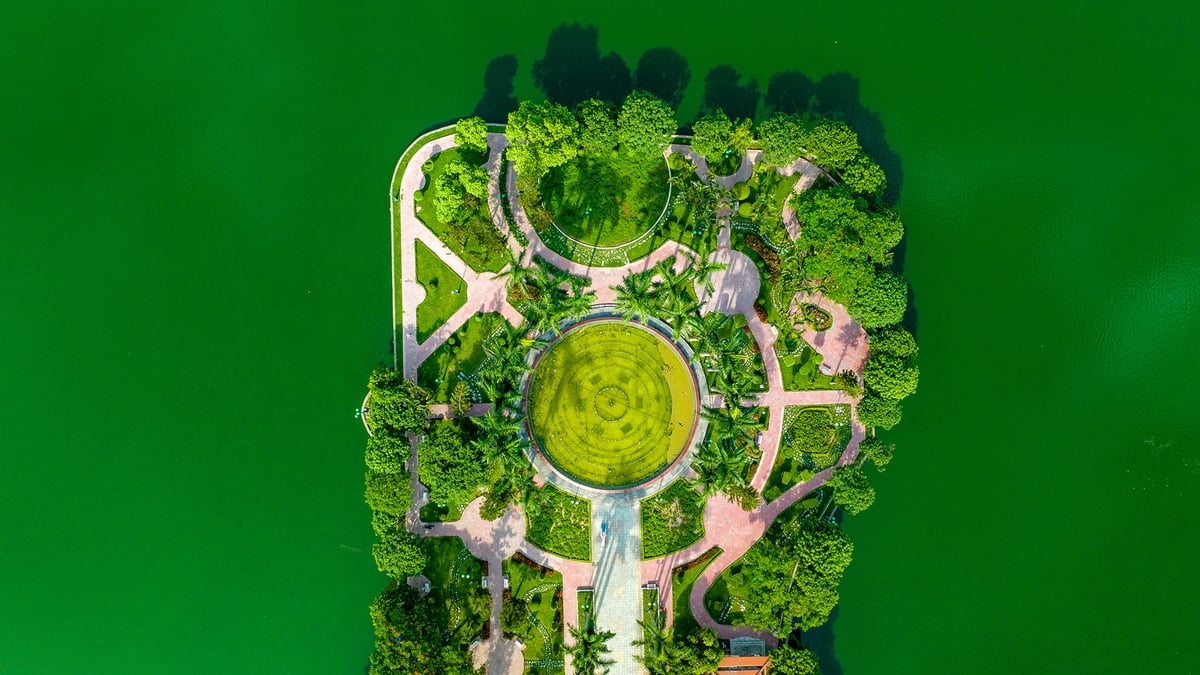


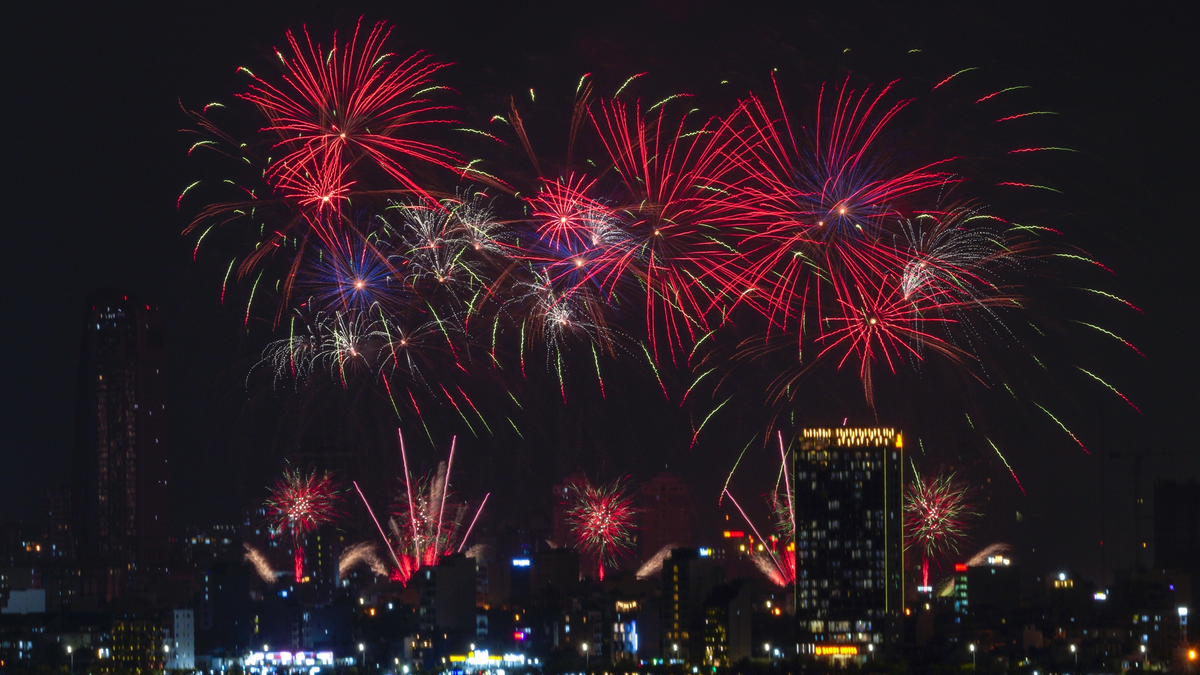
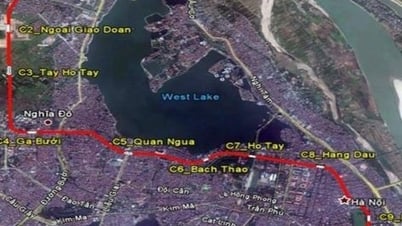

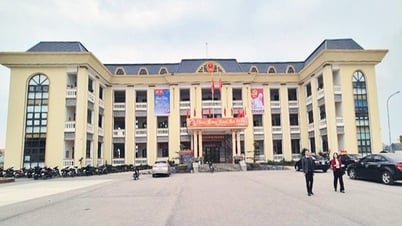

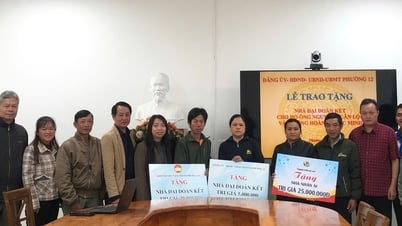
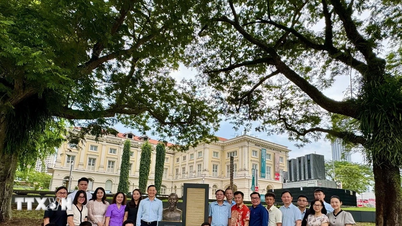








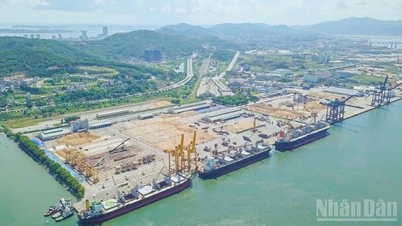

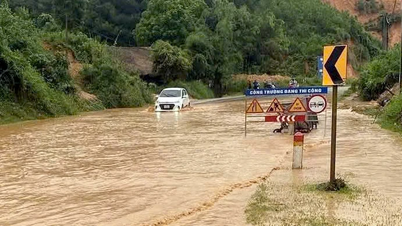
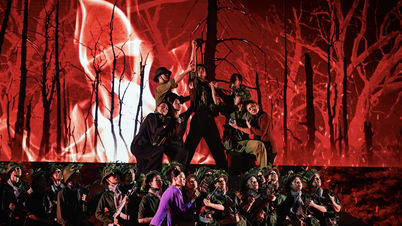

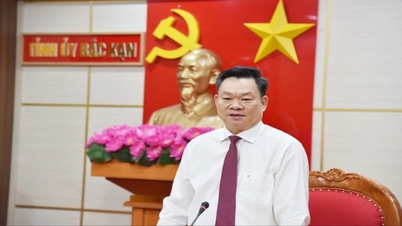












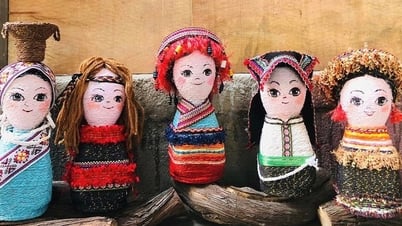
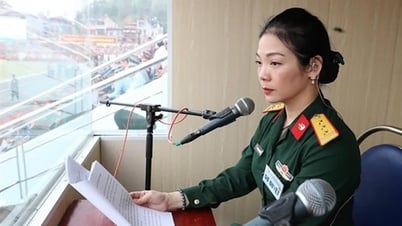







![[Maritime News] Wan Hai Lines invests $150 million to buy 48,000 containers](https://vphoto.vietnam.vn/thumb/402x226/vietnam/resource/IMAGE/2025/6/20/c945a62aff624b4bb5c25e67e9bcc1cb)











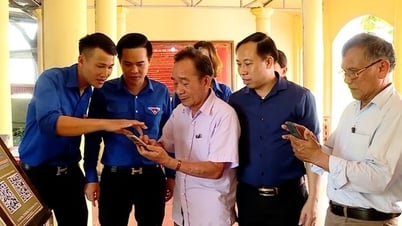
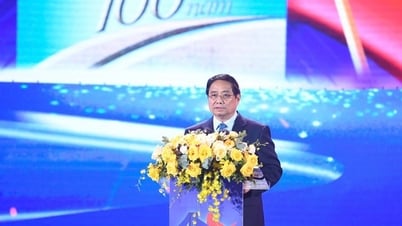

![[Infographic] Party Committee of the Ministry of Culture, Sports and Tourism: Marks of the 2020 - 2025 term](https://vphoto.vietnam.vn/thumb/402x226/vietnam/resource/IMAGE/2025/6/22/058c9f95a9a54fcab13153cddc34435e)





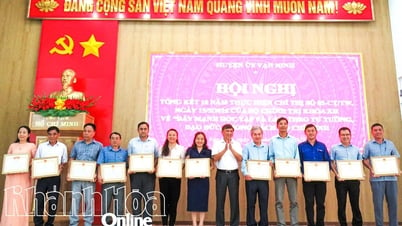
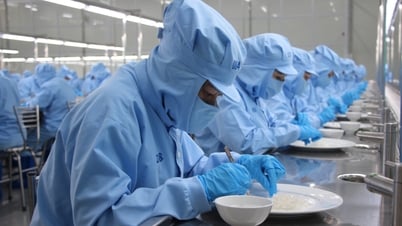


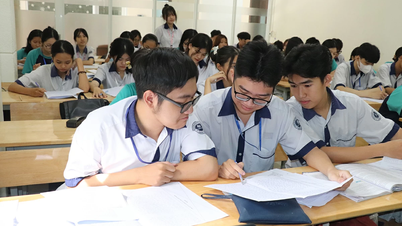
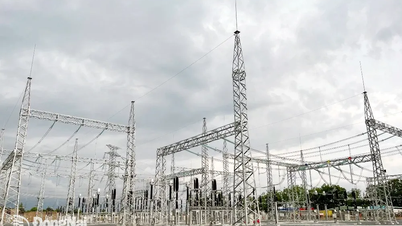









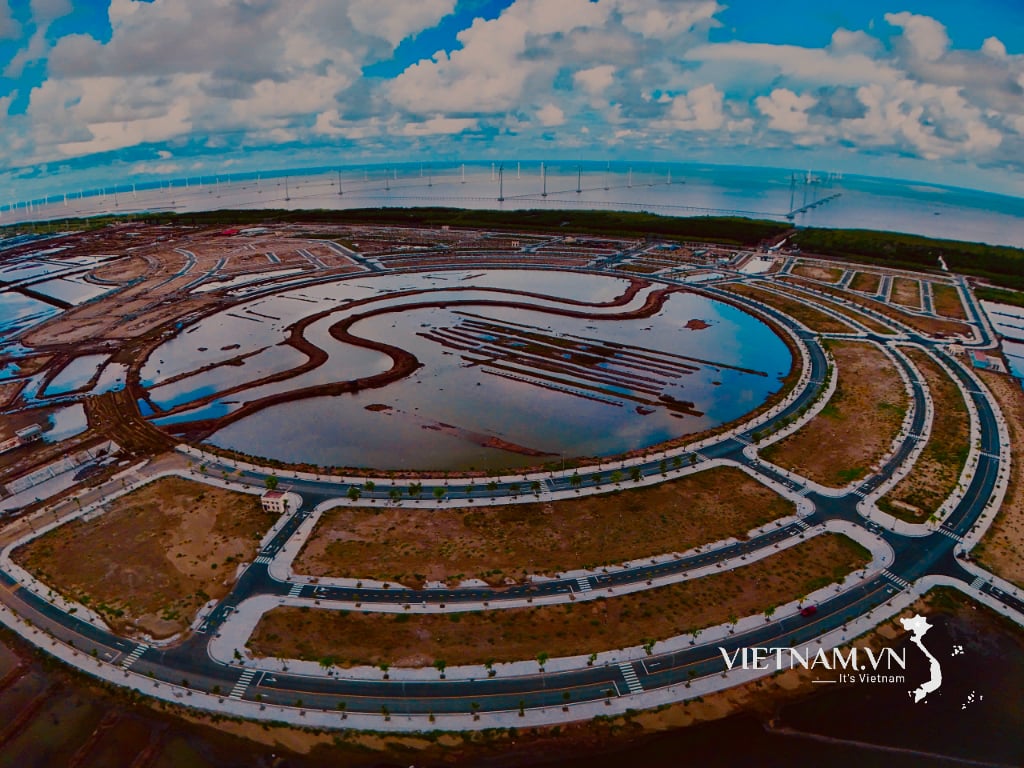
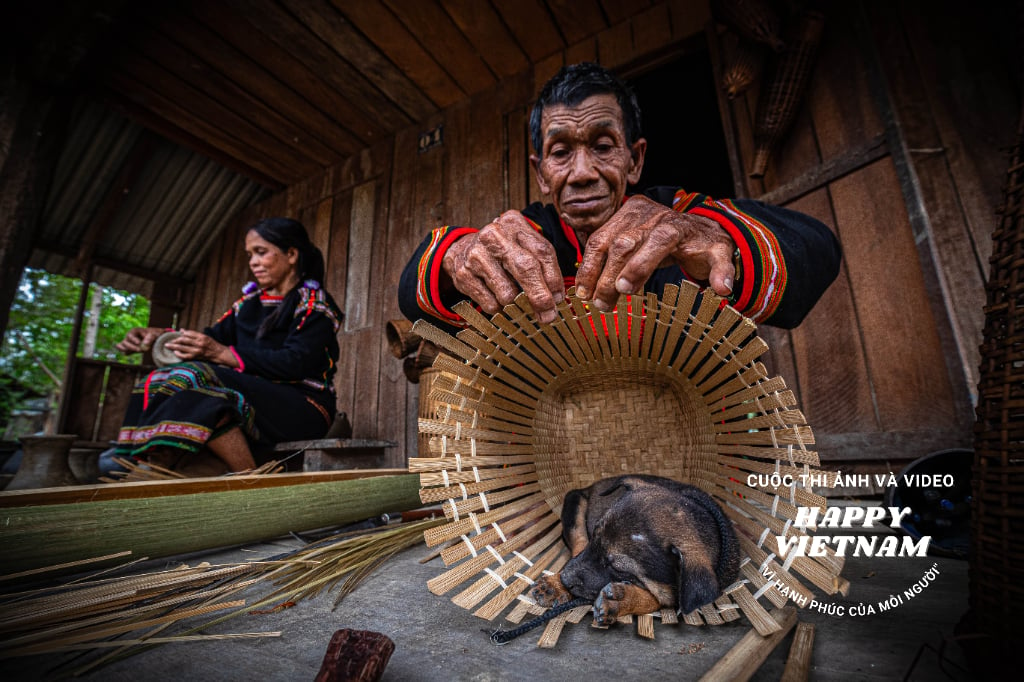

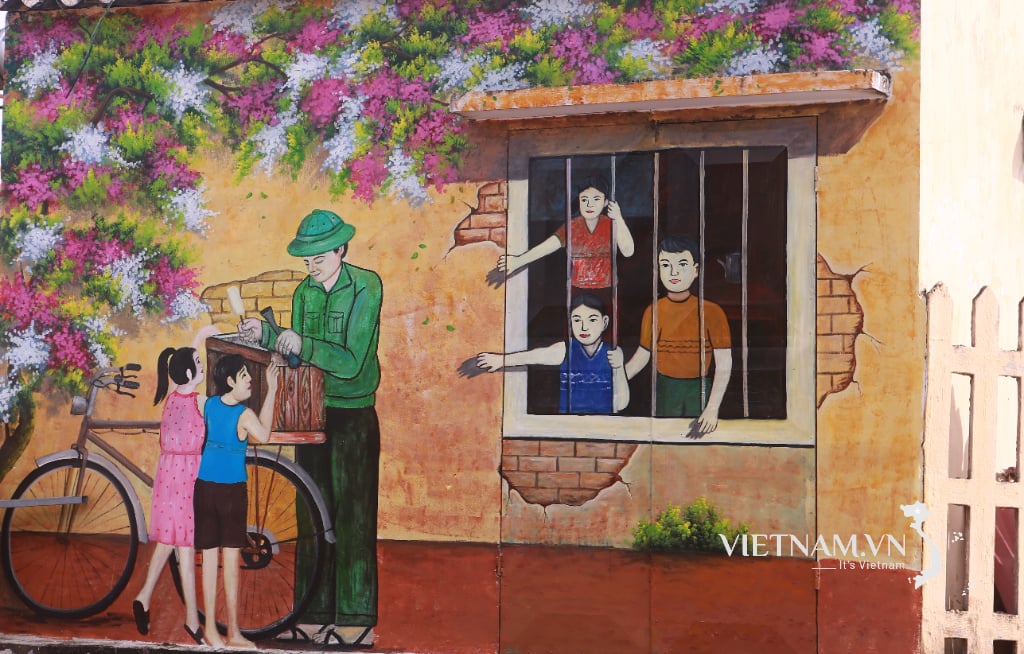
Comment (0)